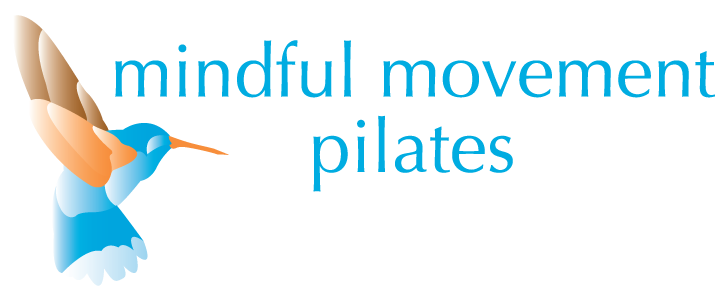About Pilates
What is Pilates?
Pilates is a system of body conditioning that was developed in the early twentieth century by German born Joseph Pilates. Joseph suffered from multiple childhood ailments which left him with a weakened constitution in his younger years. This drove Pilates to devote the rest of his life to the study of human movement and self healing through mind body controlled exercise.
This system of exercise was originally developed when Joseph was an intern in the First World War. Using springs from the mattresses in the hospital beds, Joseph created a pulley system to help to rehabilitate veterans from the war. This is how apparatus Pilates was born.
It’s important to note that there are two methods of practicing Pilates: Mat and Apparatus. Mat Pilates is comprised of a series of core focused exercises done on a mat, usually in a group setting. Apparatus Pilates is a system of exercises done on various pieces of equipment – the most widely used being the Reformer.
Pilates was later picked up by the dance community in New York and is now widely used by various health practitioners, athletes and those who are interested in vitality and longevity, all around the world.
Pilates is based on 6 basic core principles:
Concentration – Being conscious and present from within your entire body in all movement at all times.
Control – Using your mind to control your muscles.
Centering – Fostering an awareness of your body from the inside out.
Flow of Movement – Energy flow is consistent throughout the movements – where there is no beginning and no end.
Precision – Attention to every subtle detail – this is essential in healing faulty movement patterns.
Breathing – The key principle of Pilates – Optimal breathing development will greatly influence the result of your Pilates practice.
Why do Pilates?
One of the main goals of Pilates is to strengthen the intrinsic musculature – or deep muscles. The intrinsic muscles are the muscles that are closest to the bone, and are therefore key in supporting the structure of the spine. When these muscles are weak there is more pressure and stress on the spine.
Typically we’ve been taught to train our extrinsic – or superficial – muscles when we exercise. Generally this may seem like a more intuitive approach because it’s easier to feel these muscles as they are larger and easier to see, (i.e., the historically coveted six pack). This isn’t to say that you can’t achieve a nice looking set of abs from doing Pilates. Quite the opposite in fact.
The difference is how you get there.
Pilates is about working the muscles from the inside out, learning how to engage these deep, core, supportive muscles in order to properly support the larger muscles. This can’t happen in reverse order. Once the larger, extrinsic muscles take control, the core intrinsic muscles will not engage; it’s like trying to install a foundation after the walls and roof are already up.
If you go to the gym and attempt heavy lifting without first having spent time learning proper awareness and engagement of your intrinsic core muscles, your body will immediately recruit the larger, stronger external muscle groups.
This contributes to any muscular imbalances already in place, while missing the connection with the deep muscles that support the spine in the process. The result of this is often poor form from which, with repetition, is likely to result in some type of muscle, disc or joint injury.
Alternatively if you have strong and healthy intrinsic muscle fiber, you can still do squats at the gym while having the precision form to move and stabilize your body so that you can lift heavy loads with far less risk of injury.
It takes time, patience and practice to learn to engage deep musculature. Superficial muscles give immediate and recognizable feedback – such as the ‘burn factor’ – which feeds into the ‘no pain no gain’ philosophy inherent in old-school ways of training.
Intrinsic muscles, on the other hand, don’t offer the same tangible feedback. Intrinsic muscles feel different. This is where the mind/body factor comes into practice. Pilates encourages the conscious practice of muscle engagement. Joseph Pilates coined this term Contrology because he believed his method uses the mind to control the muscles.
In a culture where many of us spend a large part of our day sitting, it’s no wonder that we’ve lost some consciousness around body awareness and as a result more and more people are experiencing back pain. Pilates will help you to develop a more conscious awareness of how you move and what your postural tendencies are. This will empower you with both the knowledge and strength to effect changes in how you move in the most simple and profound ways.

